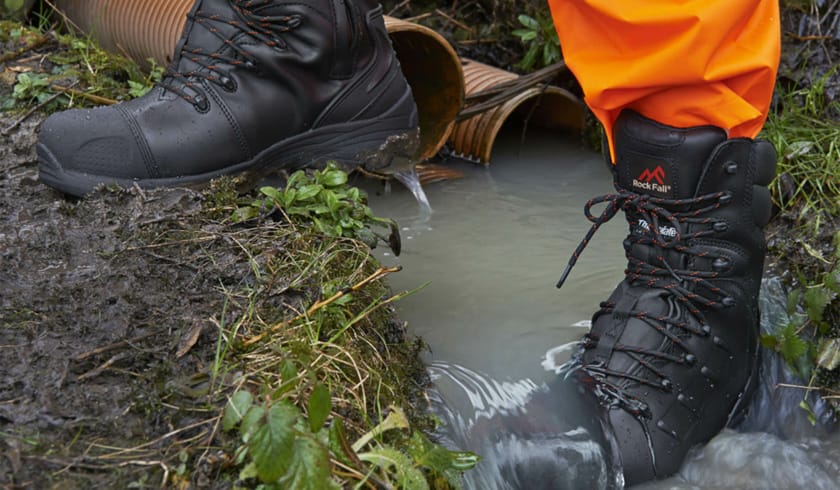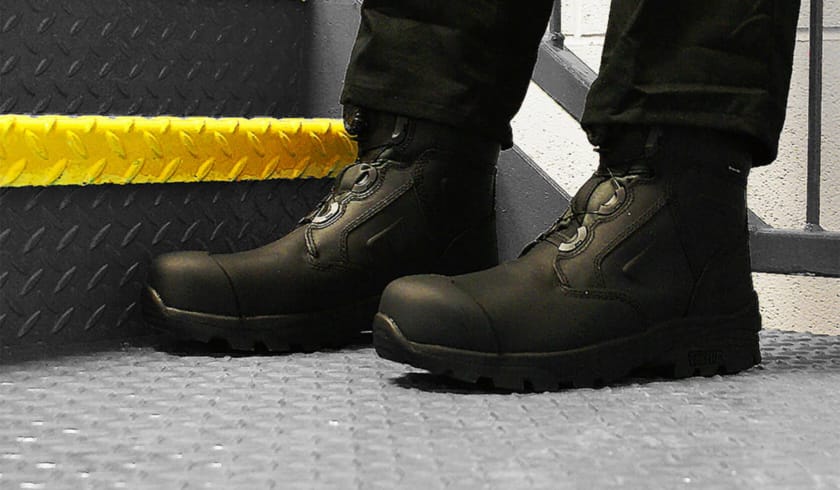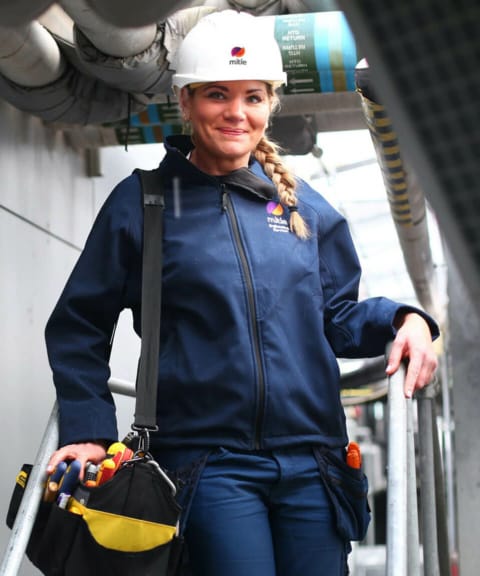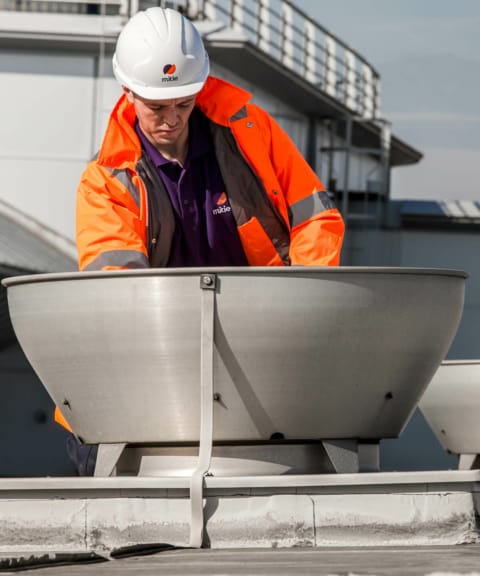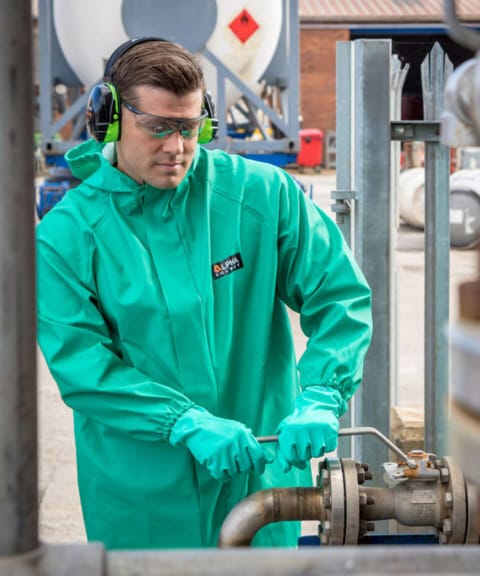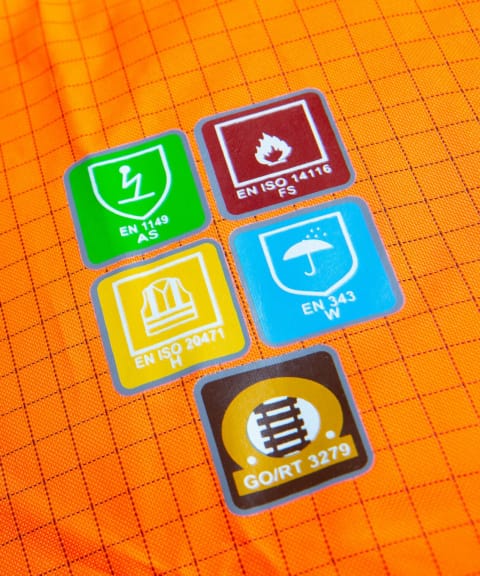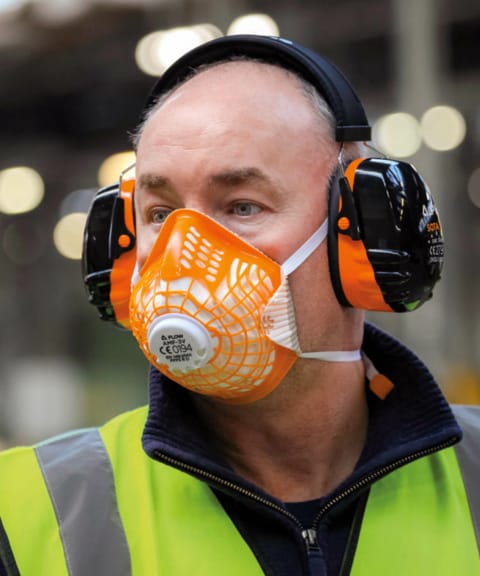
Safety Footwear and Foot Protection PPE
From arc rated materials to female-fit options, our extensive range of safety boots will keep your teams safe in any terrain.






Multi-Faceted PPE Footwear

From uneven terrain and temperature extremes to chemical hazards, trust us to protect your workers’ feet.
Whether in industrial environment or modern offices, foot health and comfort is vital.
At DCC, it’s our job to keep your workers safe, compliant and looking smart from head-to-toe.
We will help you navigate the seemingly endless footwear options in the market and ensure you meet the necessary regulations, providing your teams with the right footwear to do their jobs safely and comfortably.
Get in touchSafety and Comfort Guaranteed
For decades, DCC has advised and supplied multi-sited organisations like yours with the foot protection they need for safe, comfortable, and compliant work.






Commonly asked question
Need guidance on the right footwear? Let us help.
